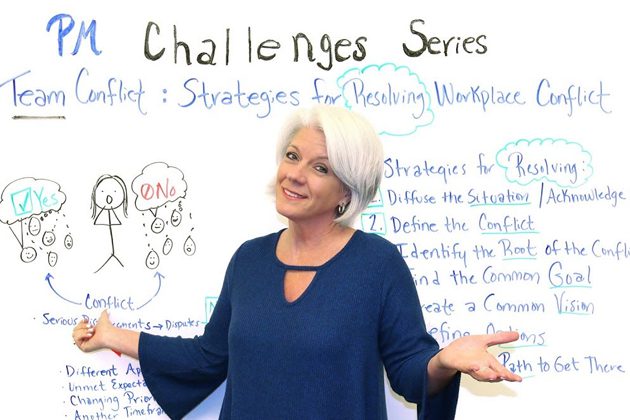Any workplace will have conflict. There will always be issues when you have diverse people working under pressure. However, there doesn’t have to be conflict; managers must hold a plan to deal with it if it affects the firm. While conflict can be a creative catalyst that produces team competition and increases productivity, it can also easily blow up and put a stop to things.
But how do you diffuse a conflict sparked by rage and other strong emotions that don’t respond to the reasoned discussion? There are approaches, but it’s complex. The below dispute-resolution techniques will assist you in resolving conflict.
- Define Acceptable Behavior
By establishing a standard of conduct at work, you can minimize or even altogether avoid possible issues before they even have a chance to arise. The team will describe what is and isn’t appropriate if you give them the freedom.
You must, however, establish the tone as the manager. For example, writing detailed job descriptions, developing a discussion framework, identifying the hierarchy and who is in charge of what, deciding which project management tools to employ, establishing suitable business procedures, assisting with team building, and leadership development are all ways to achieve this. The more rules you establish, the better the team will be able to follow them.
- Don’t Avoid Conflict
There are various ways you can handle conflict at work, depending on the type of management and person you are. Teams need to be able to work together, and one of the tools they’ll need for that is dispute resolution.
However, it’s a mistake if you avoid conflict because it makes you uncomfortable or because you don’t want to chastise someone. Of course, handling such issues is your responsibility as a manager. When necessary, you should use your power to take action. If this isn’t done, the conflict will merely gain momentum and escalate into a fight that will have a much worse effect on business.
- Start with a Compliment
You can deal with the issue once you’ve left where the conflict started. But you shouldn’t enter a conversation with an accusatory tone right away. It’s your responsibility to consider all arguments before reaching an executive choice based on the available information and the task at hand. Therefore, complimenting someone makes them feel at ease enough to speak. There is neither a good guy nor a terrible guy here, and you want to demonstrate. You’re going for the issue rather than the individual.
- Don’t Jump to Conclusions
Any disagreement usually has deeper roots than the first meet the eye. It’s best to hold off on drawing conclusions at first to treat everyone involved fairly. Give everyone a chance to voice their opinion, even if you believe the conflict to be evident. You shouldn’t make any assumptions about other people. A silent investigator would gather your evidence before making your decision.
- Act Decisively
Keep in mind that effective dispute resolution requires time. After going through that procedure, it’s time to act, and you should act quickly. Take your time making a choice and leave the team waiting. It creates a negative precedent for your leadership. You risk losing the power you need to lead because you’re creating a gap at the top that will be filled by thoughts other than your own. So, after making a decision, follow through with it. Even if some people don’t like it, they will at least understand your position.







